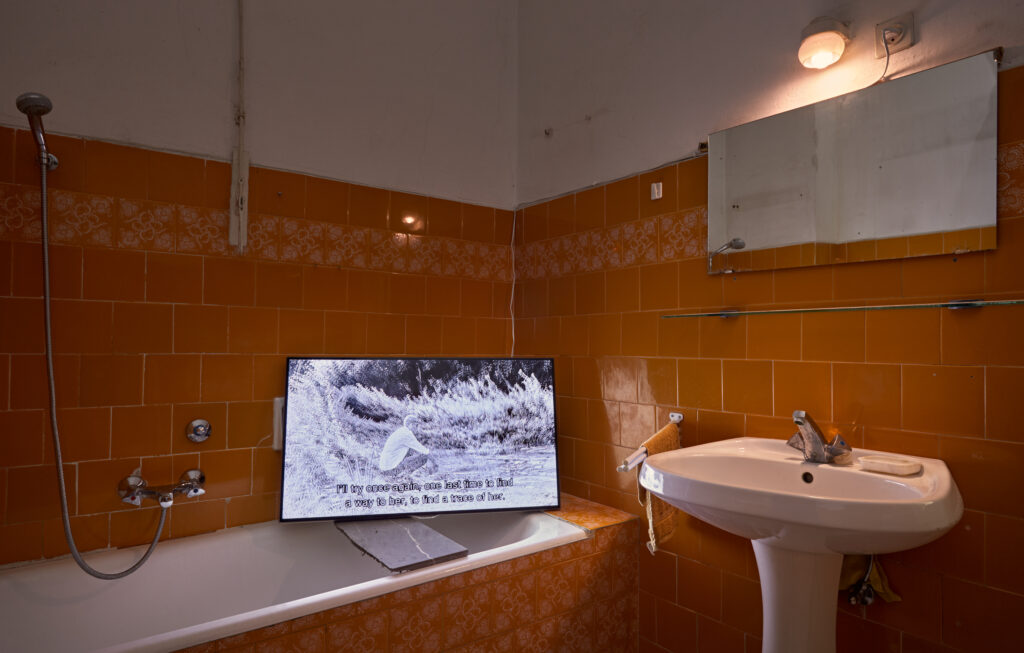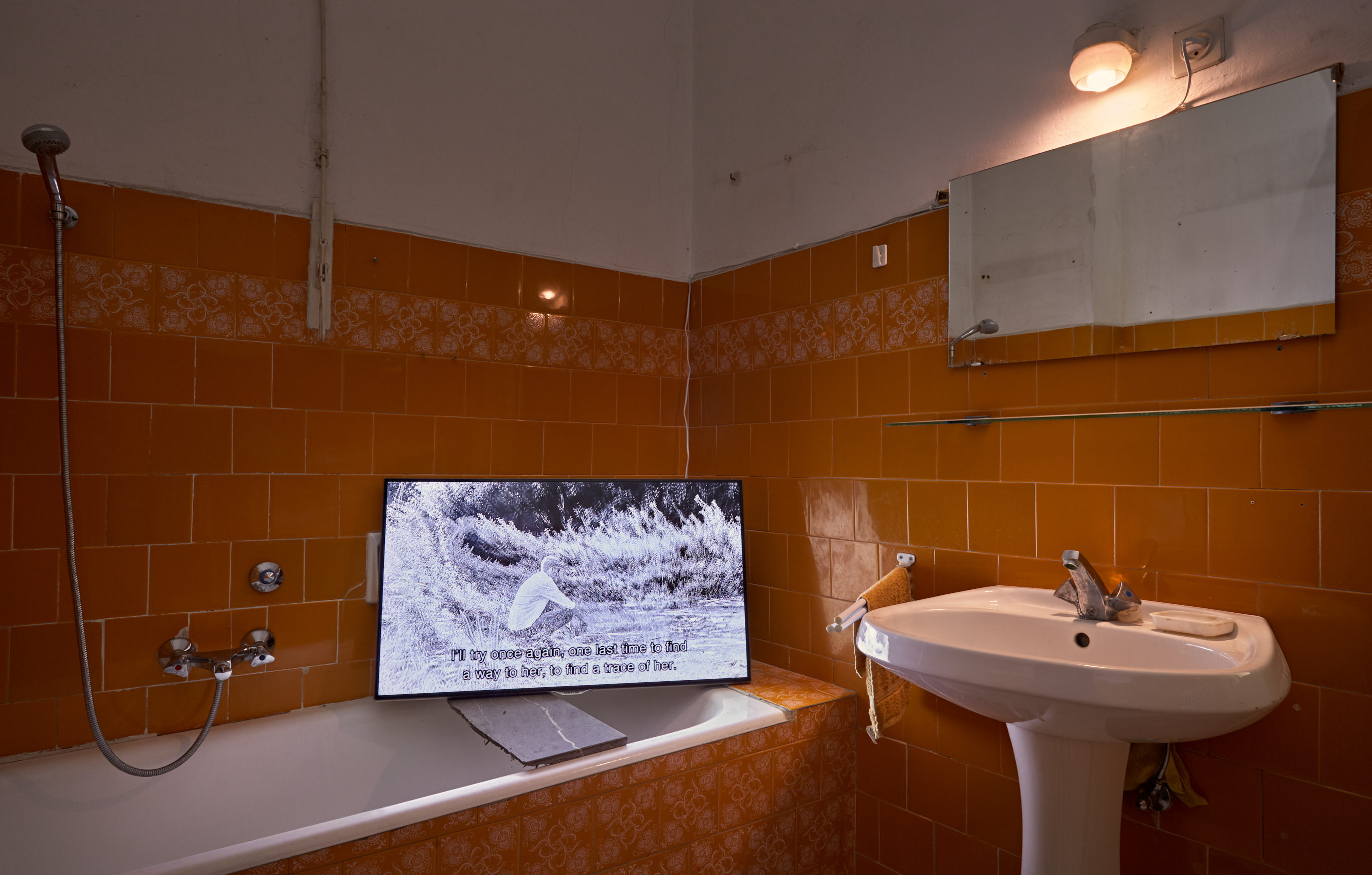Artist: Janos Bruckner
Title: Hungarian People’s Activities
Venue: Longtermhandstand, Budapest
Curator: Peter Bencze
„I have tried to trace the useful and healthy spiritual process that ignores reality and turns obvious into victory, so that we can go on living. ”István Örkény: All my drama is both a continuation and a denial of the previous… In: Bátki Mihály, Film Színház Muzsika, 1975. december 20.

“Well then, if Pieter Breughel could place the Alps directly at the edge of his landscapes and genre scenes, then why couldn’t I use these very same scissors to not only cut out from my landscapes and characters that which comes in handy, but why couldn’t I cut out from my mind that and only that which I ponder the most intensely and, thus, which I like the most? And now that I have left the mess behind me, I once again foolishly believe that I have the key to certain events and that it is solely up to me to write them.”
(From: Bohumil Hrabal: “The Little Town Where Time Stood Still“)







About the series “Hungarian People’s Activities”
Two pasts reach over to each other in this series.
The official history of the 20th century, most of which I learned from school textbooks, lives in black and white in my memory. Like an abstract illustration. I experienced the reality of what really happened when I saw a color photograph of the events of in Budapest revolution and freedom fight in 1956. The first thing that caught my eye in that picture was the pool of blood on the asphalt. I did not perceive this in a black and white photo: it was the deep red color that gave the picture its meaning. Just like the sunny blue sky in the background.






The other is the world of family photo albums: mostly black and white photos, with captions, pasted into an album. People, places, intimate situations, often in random and strange compositions, behind which we can still trace personal stories that have now disappeared. Both pasts live in my imagination through the photographs, and I can only decipher them through contradictory stories. This skeleton-like, black and white past is coloured and recomposed in the paintings. Contradictory, at once dark and light, tragic and ridiculous – as I experienced it. It relates to the tradition of romantic Hungarian historical painting like Golem relates to Frankenstein’s monster. While great artists such as Viktor Madarász, Bertalan Székely, Gyula Benczúr brought the great national moments of the past to life with their imagination, these paintings give new life to fragments of the 20th century in colour and composition. In the process, the tangled and still living past that is so common to many Eastern Europeans is revealed and unfolded. This is a situation in which there is no ‚truth’, that is, the whole story cannot be told from one ideal perspective. Or even more: it is made up of many contradictory truths. For example, the historical or socio-political terms of a role as ‚oppressor’ and ‚victim’ , ‚winner’ and ‚loser’ can change, even several times in the life of a single family. And the beauty of this is that we can now approach it freely, with humour, love, seriousness or emotion.
Intro written by Janos Bruckner
